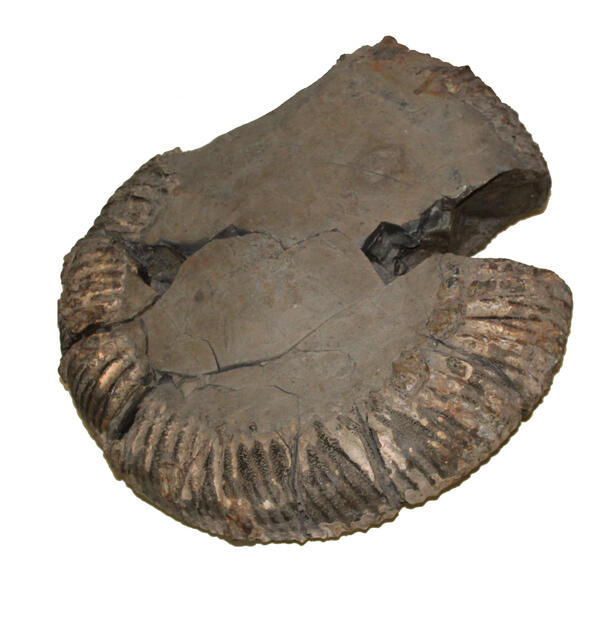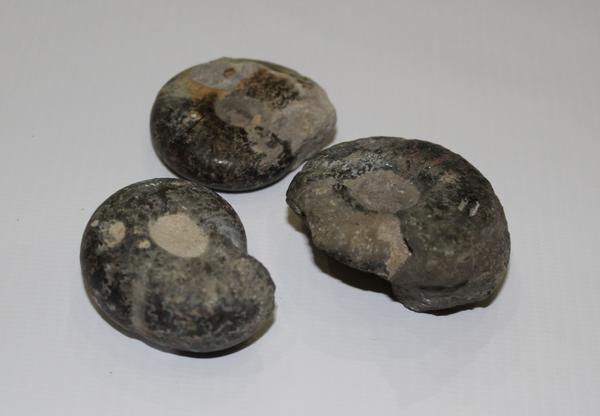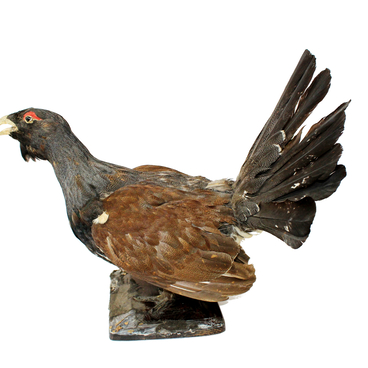About 183 million years ago, the Volga region and most of Eastern Europe were buried under the warm sea waters inhabited with various extraordinary live organisms. Many have not survived to this day but we can imagine what they were by observing their petrified remains. The Volga riverbed in the Kashpir area provides access to Jurassic deposits containing fossils of ancient species. Researchers believe the petrified ammonite shells to be the most essential of those. Due to the rapid evolution and widespread distribution of ammonites, deposits can be attributed to different time periods.
They are named after the Egyptian god Ammon (Amun). He was typically depicted wearing rams' horns which resemble ammonite shells. In 1789, French zoologist Jean Bruguier (bru-ghi-´ey) ‘legalized’ the name of the mollusk by introducing the Latin term ‘ammonites.’
They are named after the Egyptian god Ammon (Amun). He was typically depicted wearing rams' horns which resemble ammonite shells. In 1789, French zoologist Jean Bruguier (bru-ghi-´ey) ‘legalized’ the name of the mollusk by introducing the Latin term ‘ammonites.’





